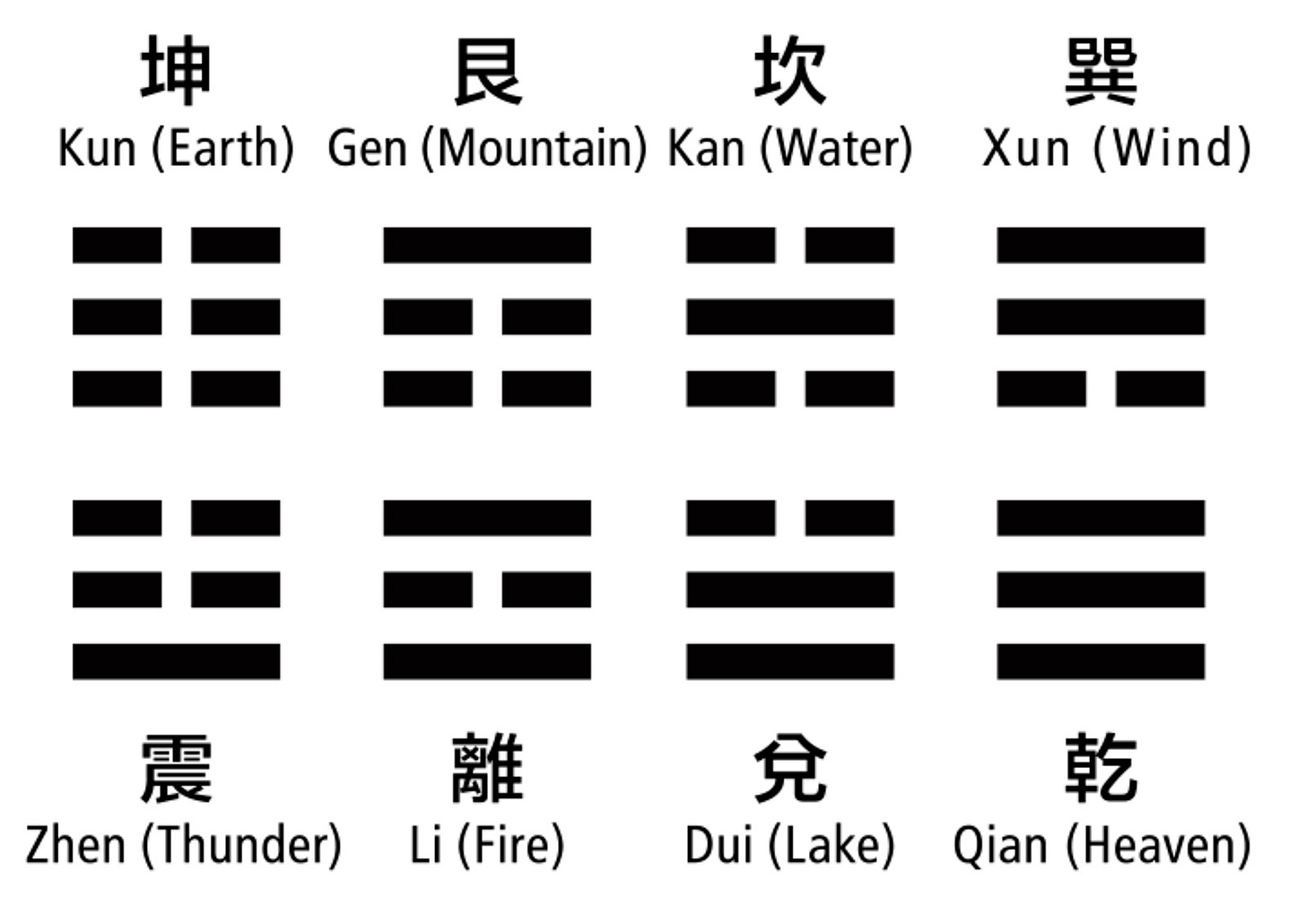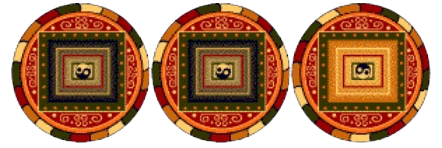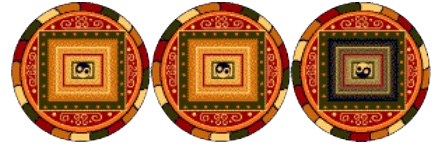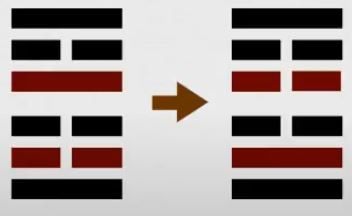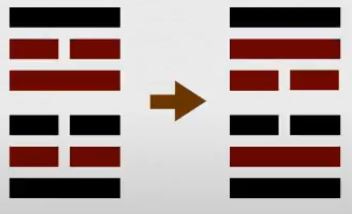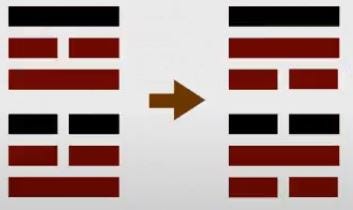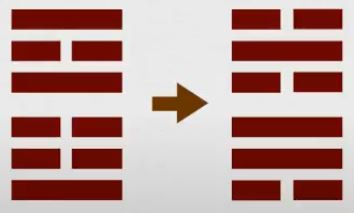I have been using the ancient Chinese book I Ching (also known as Yi Ching) for quite some time now. I Ching is an oracle in the form of a book—a tool used for divination from ancient China until today. The book contains 64 hexagrams, each broken down into two trigrams, a higher and a lower. Each hexagram is a combination of six lines. A line is either solid (yang line) or broken (yin line). To form a hexagram for divination, you throw coins.
I Ching, however, is more than just a tool for divination. It is also a profound work of philosophy that explores the nature of change and the interconnectedness of all things. It is tightly associated with Daoism and the central concept of the Dao, or The Way, which is the universe's natural order. By understanding and aligning oneself with the Dao, one can live a life of harmony and balance.
Throughout the centuries, the I Ching has profoundly influenced Chinese culture and has been studied by scholars and practitioners of all stripes. It has been translated into numerous languages and has inspired countless works of art, literature, and philosophy. Today, it is a source of wisdom and guidance for many worldwide, including myself.
How to cast an I Ching Reading
So, how do you ask I Ching for guidance? Whenever I want to ask I Ching a question, I must first quiet my mind. To do this, I find a quiet place with no distractions where I can calmly sit down and focus on my questions. Then, I also say it aloud to concentrate more on the question. As I do so, I ask for confirmation if I can ask I Ching a question. If I can ask a question, I will feel the energy coming from the crown of my head. It is like a tickly sensation at the top of my head or at the center of my forehead. I will only ask I Ching for guidance if I feel this. It can help to write down the question on a piece of paper next to you.
Now, it is time to throw coins. You can do this virtually or with real coins in front of you. I use this website whenever I throw the coins virtually. If you do it with real coins, ensure you have three coins in total with distinct heads and tails sides and a pen and paper next to you. Then, use your dominant hand to cast the coins. Now, you cast the coins six times. One side of the coin, heads, for example, records the value 2 and the other side 3. Your result can be a 6, 7, 8, or 9. Here is what each result is:
The result is 6:
A changing yin line.
3 yin coins
The result is 7:
An unchanging yang line.
2 yin coins + 1 yang coin
The result is 8:
An unchanging yin line.
2 yang coins + 1 yin coin
The result is 9:
A changing yang line.
3 yang coins
After each throw, you write down each line from the bottom up. Now you have received your answer from I Ching.
The different types of results
No changing lines:
If there are no changing lines, your result will be a single hexagram. It can look like this:
To interpret this result, you read the description of the hexagram itself. In this case, the result is Hexagram 13. To find a description of the hexagram, you need a translated version of the book or find the descriptions on the internet. I have created a post on this website for each hexagram that contains all the most famous English translations for each hexagram.
One changing line
In this case, your result will be the changing line in the first hexagram. Here, the changing line is the second one. If you go back to the website and scroll down, you will find a section with a result for each line. Read the description for line 2.
Sometimes, the result will not be clear to you only by reading the line. In such a case, you can also read the description of the first and second hexagrams to help guide you.
Two changing lines
In this case, you first read the upper of the two changing lines in the first hexagram. After that, you should read the description of the first and second hexagrams as well. You are farther away from the influence of the first hexagram.
Three changing lines
You are at the middle point between the two states of each hexagram. You should consult the descriptions of both hexagrams and the changing lines. The results of three changing lines or more are harder to interpret because of the multiple messages of the hexagrams and lines.
Four changing lines
You are now closer to the second hexagram than the first one. Consult the lower of the stable lines, meaning the lines that are not changing, and consult the description of the two hexagrams. Keep in mind that you are closer to the second hexagram than the first.
Five changing lines
You are almost at the second hexagram. Read the only stable line from the second hexagram. Consult the two hexagrams with increased emphasis on the second hexagram.
All lines changing
Read the description of the second hexagram. Your transformation is complete.
Interpreting your result
Sometimes, the result from I Ching can be straightforward to interpret, and you immediately understand what the book tells you. Other times, interpreting the result I Ching gave you can be difficult. This is because I Ching often talks in metaphors and images, some of which are very old and connected to Chinese culture.
It is good not to give up and completely dismiss the result in these cases. Instead, keep an open mind and allow time to reflect on the result. I had sometimes received results that made no sense when I first received them, only for me to realize what it was saying to me days after.




